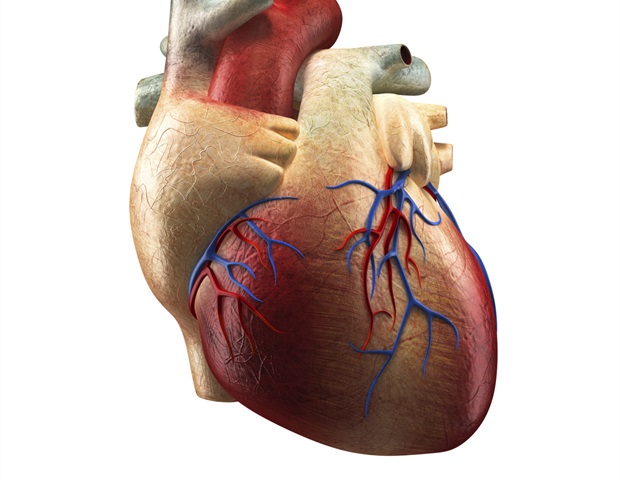Videocapsule Endoscopy Boosts Diagnostic Accuracy in Nonovert Bleeding IDA

Videocapsule endoscopy (VCE) could also be instrumental within the analysis of nonovert bleeding sufferers with iron deficiency anemia (IDA), offering a excessive degree of diagnostic accuracy, in response to research outcomes revealed within the Journal of Medical Gastroenterology.
Iron deficiency, which accounts for over 50% of anemia instances worldwide, usually results in referrals to gastroenterologists as a consequence of gastrointestinal (GI) bleeding or malabsorption. Regardless of complete examinations, a notable share of sufferers with IDA stay undiagnosed, necessitating the usage of VCE for thorough examination of the small bowel.
Investigators systematically reviewed publication databases from January 2010 to March 2023, incorporating earlier systematic critiques between January 2011 and November 2011. The first focus was on research inspecting the diagnostic yield of VCE in sufferers with nonovert bleeding IDA and evaluating the prevalence of any lesion or lesions with a excessive potential for bleeding.
VCE diagnostic yield was evaluated for all small bowel lesions and people with excessive bleeding potential per Saurin’s classification, together with P0 (no bleeding potential), P1 (unsure bleeding potential), P2 (excessive bleeding potential), and P3 (lively bleeding with out a clearly recognized lesion).
“
In these sufferers in whom VCE shouldn’t be useful in figuring out the etiology of IDA, different further GI sources needs to be searched, together with renal and genitourinary tract ailments.
A complete of 12 research (9 retrospective research and three potential research), encompassing 1703 sufferers with IDA, had been included within the systematic assessment. The research included 47% males aged 19 to 92 years, and the median variety of members throughout research was 102 (vary, 25-620).
Most research used standardized standards to outline IDA based mostly on particular blood hemoglobin ranges. For males, the edge was of decrease than 13.8 g/dL, whereas postmenopausal girls had been thought-about to have IDA if their ranges had been decrease than 11.5g/dL. Premenopausal girls had a cutoff level of decrease than 11 g/dL for IDA.
For small bowel lesions, the diagnostic yield in VCE was 61% (95% CI, 44-77), revealing important variation amongst research (I2=97.7%; 95% CI, 97.2-98.1).
Moreover, when investigating small bowel lesions as potential causes of IDA, the diagnostic yield was 40% (95% CI, 27-53), indicating important variation amongst research (I2=96.3%; 95% CI, 95.3-97).
Research limitations embrace the influence of excessive heterogeneity amongst research on diagnostic yield accuracy, influenced by numerous VCE options, affected person choice, timing, and operator experience.
“In those patients in whom VCE is not helpful in determining the etiology of IDA, other extra GI sources should be searched, including renal and genitourinary tract diseases,” research authors concluded.
This text initially appeared on Gastroenterology Advisor






